pelvic floor dyssynergia surgery
With the use of defecography patients were classified by Oxford Rectal Prolapse Grade. Offering a wide range of treatments including biofeedback and specialized gastrointestinal pain management techniques you can take comfort knowing that experts.
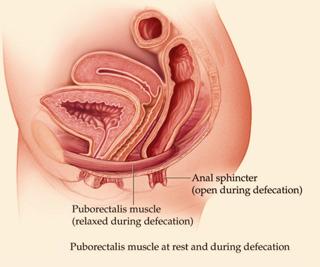
Anismus Pamela Morrison Pelvic Pain Physical Therapist P C
Due to the impacts of COVID-19 and increased call volume you may experience extended wait times when contacting our call center billing center and while using.
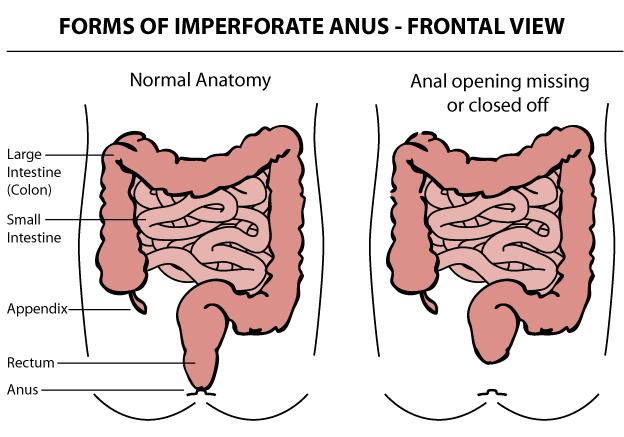
. Dyssynergic defecation is considered to be the result of pelvic floor dysfunction in that the muscles and nerves within the pelvic floor are not functioning as they should. There is not a surgery to treat pelvic floor dysfunction because it is a problem with your muscles. Like other muscles they can be damaged a long history of constipation can weaken the pelvic floor muscles.
In women a rectocele occurs when the. If your pelvic floor dysfunction is the result of a structural issue. Constipation dyssynergic defaecation pelvic floor dyssynergia puborectalis syndrome.
A rectal prolapse occurs when tissue that lines the rectum falls or prolapses into the anal opening. Stapled transanal rectal resection STARR to reverse the anatomic disorders of pelvic floor dyssynergia World J Surg. Pelvic floor dyssynergia is a condition in which the external anal sphincter and the puborectalis muscle contracts rather than relaxes during an attempted bowel movement.
7 Pelvic floor is a complex muscular apparatus that serves three important functions namely. At VCU Health our Female Pelvic Medicine and Reconstructive Surgery specialists use the latest technology and innovations to treat women with various conditions of the pelvic floor. Pelvic floor dyssynergia is a painful condition that can affect your quality of life.
Successful defecation requires increased intra-abdominal pressure combined with relaxation of the pelvic floor muscles. Paradoxical contraction refers to an abnormal increase of pelvic. 1 Researchers are working to develop low-risk procedures and devices that work well to treat pelvic floor problems.
Subsequently several terms have been used to describe this entity including anismus 2 pelvic floor dyssynergia 3 obstructive defecation 4 paradoxical puborectalis contraction 5 pelvic outlet obstruction 6 and spastic pelvic floor syndrome. Dyssynergic defecation has been described in the literature with a plethora of other terms such as anismus pelvic floor dyssynergia obstructive defecation paradoxical puborectalis contraction pelvic outlet obstruction and spastic pelvic floor syndrome 32. If pelvic floor dysfunction is the result of a.
Researchers are also comparing treatment methods to see what works best. In rare circumstances when physical therapy and biofeedback fail to work your provider might recommend you see a. They can also become weakened by surgery in the pelvic area.
However the term dyssynergic defecation is now recommended by most experts 33. If your pelvic dyssynergia resulted from a rectal prolapse surgery may be an option as it can help loosen and relax the affected pelvic muscles. A rectal prolapse occurs when tissue that lines the rectum falls or prolapses into the anal opening.
Biofeedback pelvic floor exercise therapy bft has been introduced as an alternative treatment. Normal bowel movements involves relaxation of both of these muscles. Pelvic floor dyssynergia surgery.
Pelvic floor dyssynergia is an inability to relax the pelvic floor muscles during defecation. Dyssynergic defecation is a condition that affects the pelvic floor muscles. These are muscles located in the lower abdomen that allow bowel movements to pass normally.
Low doses of muscle relaxants to increase coordination in your pelvic floor. Surgery - As with most pelvic surgeries surgery to treat pelvic floor dyssynergia has low success rates. Coexisting disorders such as enterocele rectocele and dyssynergia were also identified.
In general women who want to have children should not have these types of surgery. The pelvic floor is composed of a group of muscles that span the underlying surface of the bony pelvis which function to allow voluntary urination and defecation. Pelvic floor dyssynergia is an inability to relax the pelvic floor muscles during defecation.
There is the sensation of incomplete emptying of the rectum. Biofeedback training is the treatment of choice. Consult your doctor if you are experiencing symptoms of pelvic floor dyssynergia.
This study aims to compare anorectal sensorimotor function and symptoms of patients who have non-diarrhea. Dyssynergic defecation is a health condition with difficulty passing stool due to problems with the muscles and nerves of the pelvic floor. An inability to coordinate this action often results in chronic constipation painful bowel movements and excessive straining.
Patients evaluated for obstructed defecation at a pelvic floor disorder center were studied from a prospectively maintained database. Based on the principle of operant conditioning biofeedback provides auditory and visual feedback to help retrain the pelvic floor and relax the anal sphincter. The pelvic floor muscles do this by supporting organs such as the rectum uterus and bladder.
Dyssynergic defecation occurs when the pelvic floor muscles are unable to. The purpose of the case. By taking the time to make the correct diagnosis patients with PFD can avoid frustration unnecessary testing and surgery.
In women the most common cause of damage to the pelvic floor is the strain and stretching involved in childbirth large babies and the use of forceps can increase this damage. Pelvic floor dyssynergia and pelvic floor dysfunction are caused by impaired relaxation of the external anal sphincter impaired relaxation of the puborectalis muscle or decreased propulsion of. Although functional constipation is known to often manifest concomitant features of pelvic floor dyssynergia the nature of pelvic floor symptoms and anorectal dysfunction in non-diarrhea predominant irritable bowel syndrome is less clear.
If pelvic floor dysfunction is the result of a rectal prolapse or rectocele surgery may be indicated. Will I need surgery to treat pelvic floor dysfunction. It is marked by the failure of pelvic floor muscles to relax or a paradoxical contraction of the pelvic floor muscles with defecation.
Surgery is normally not necessary for these patients and is only performed in extremely difficult refractory cases. Once patients with pelvic floor constipation have these basic tools they can begin retraining the pelvic floor muscles with biofeedback. It can result in chronic constipation.
Therefore although mentioned here it has a limited role in resolving pelvic floor dyssynergia and is appropriate for only 20 of patients. 1 Also prolapse can recur even after surgery is performed to correct it.
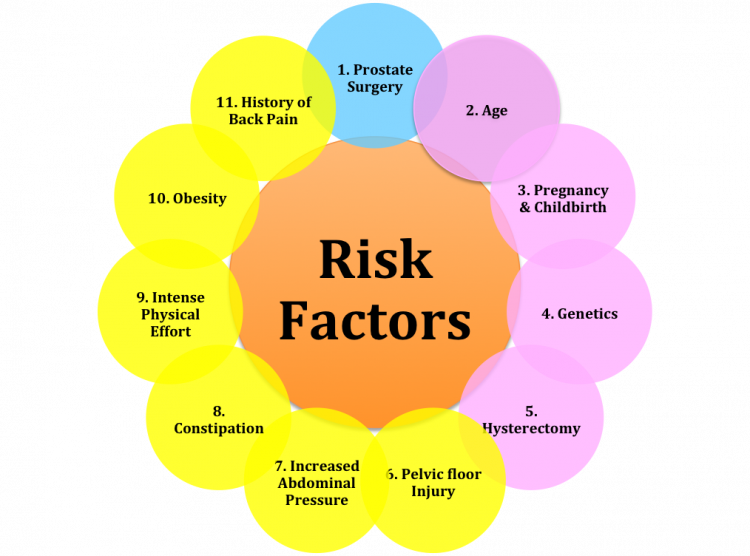
Pelvic Floor Dysfunction Physiopedia

Figure 1 From Medical And Surgical Management Of Pelvic Floor Disorders Affecting Defecation Semantic Scholar

Biofeedback And Pelvic Floor Disorders Conservative Treatment Pelvic Floor Disorders Surgical Approach
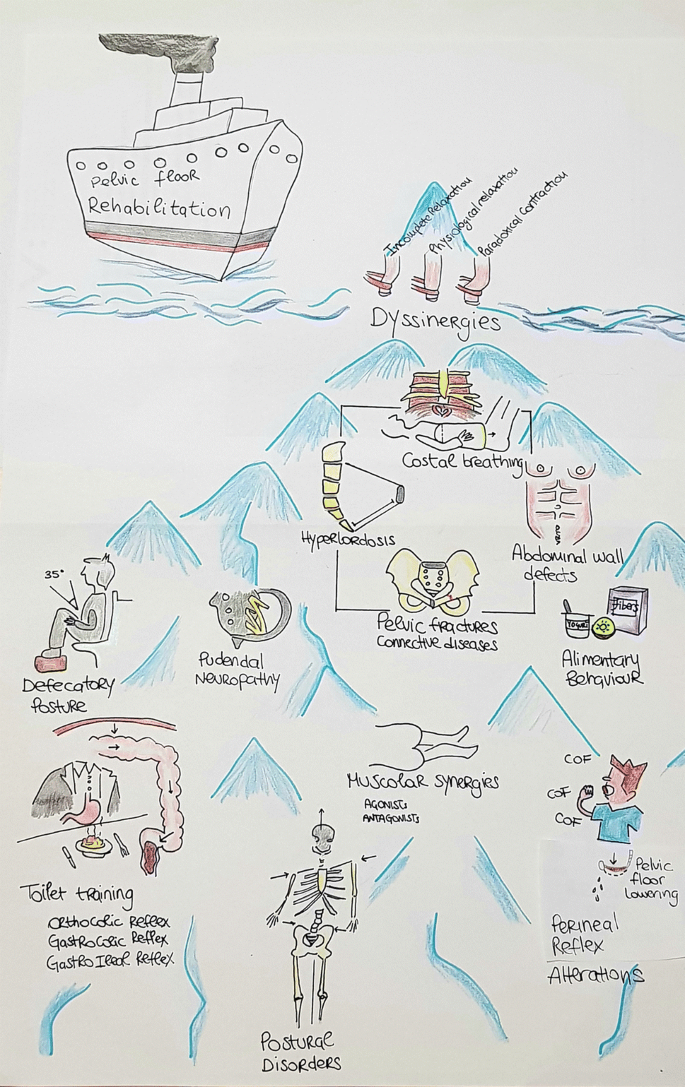
Pelvic Floor Dyssynergia The New Iceberg Syndrome Springerlink
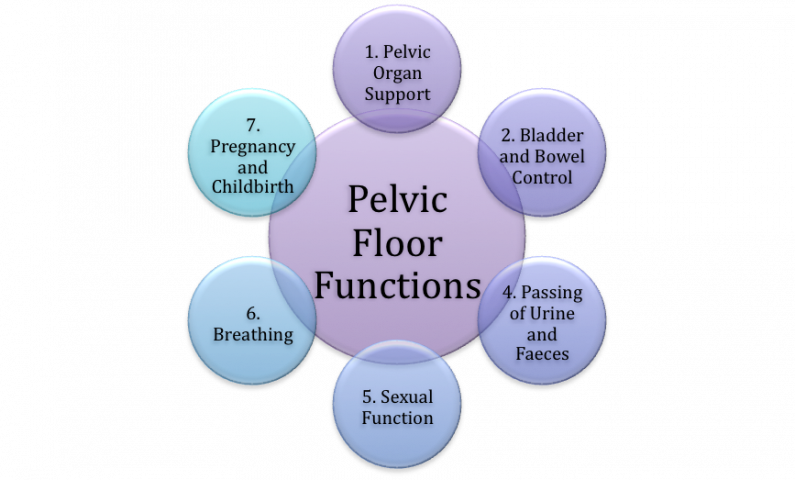
Pelvic Floor Dysfunction Physiopedia

Biofeedback And Pelvic Floor Disorders Conservative Treatment Pelvic Floor Disorders Surgical Approach

Pelvic Floor Dyssynergia Axial High Resolution T2 Weighted Images Download Scientific Diagram
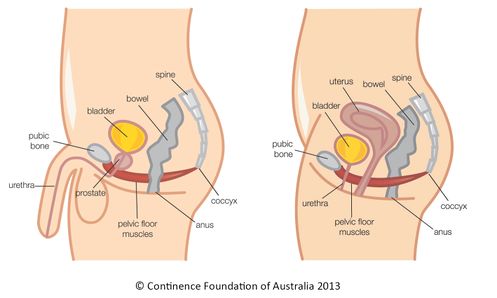
Pelvic Floor Dysfunction Physiopedia

Why Your Pelvic Floor May Be The Cause Of Your Digestive Problems

Pelvic Floor Dyssynergia Is Known By Many Different Names To Put It Simply The Pelvic Floor Muscles Ar Pelvic Floor Pelvic Floor Muscles Pelvic Floor Therapy

Imperforate Anus Pamela Morrison Pelvic Pain Physical Therapist P C
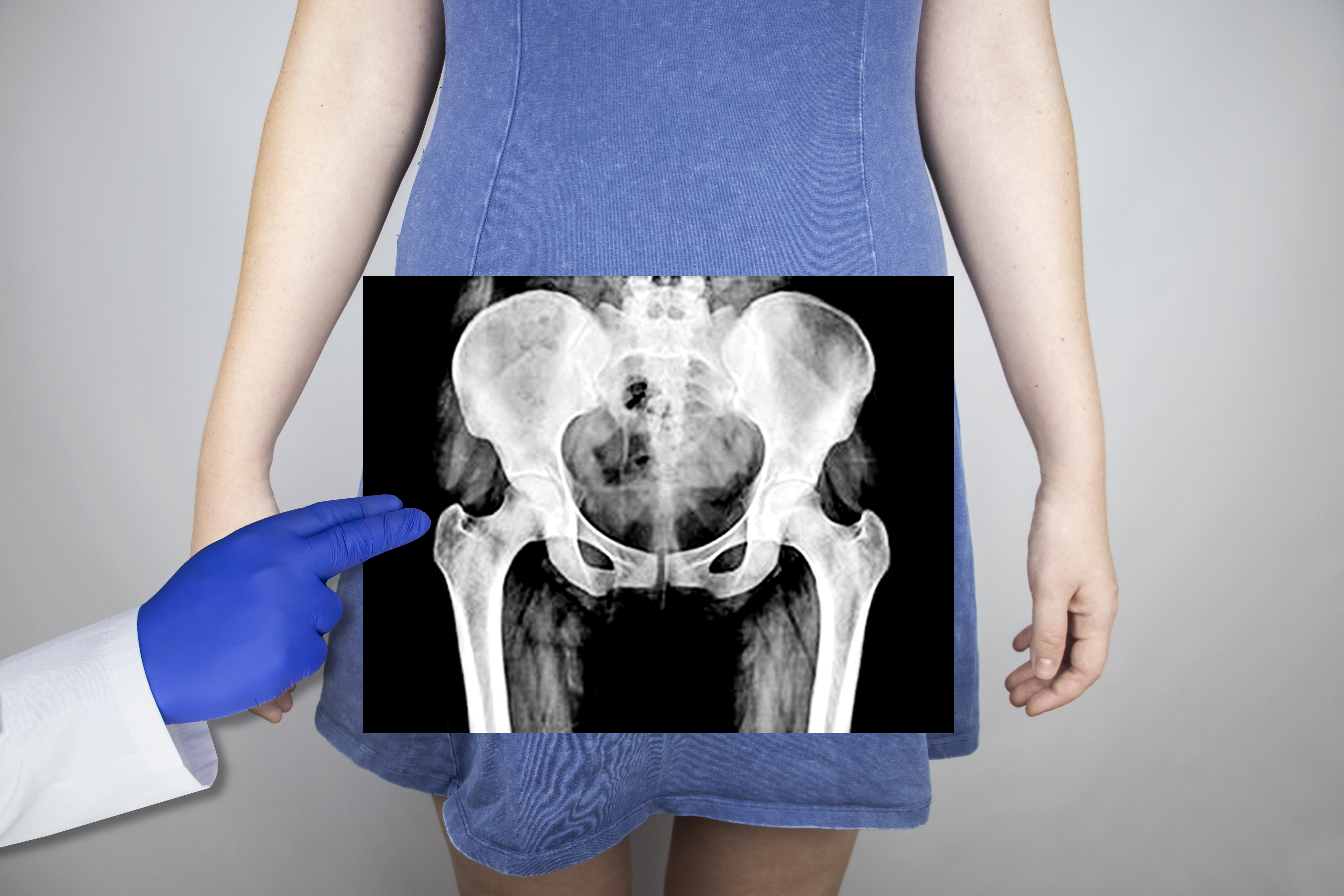
What Is Pelvic Floor Dyssynergia Advanced Gynecology

Pelvic Floor Dysfunction A Treatment Update Page 2
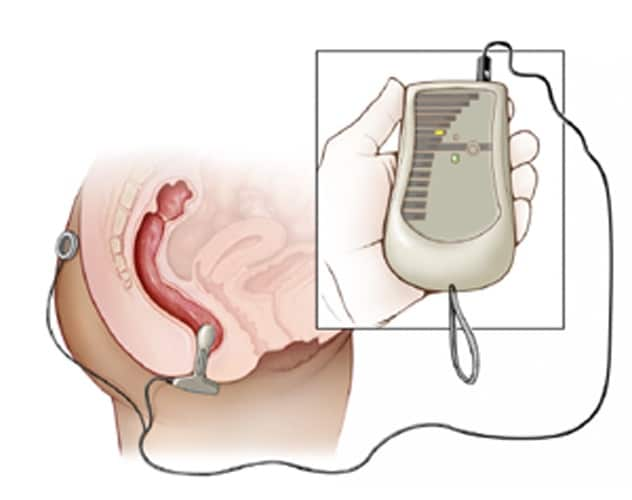
Unique Intensive Curriculum Helps Patients Retrain Pelvic Floor Muscles Mayo Clinic

Inverse Correlation Between Urethral Length And Continence Before And After Native Tissue Pelvic Floor Reconstruction Scientific Reports

Pdf Botulinum Toxin Injection To The Puborectalis In The Management Of Pelvic Floor Dyssynergia

Biofeedback And Pelvic Floor Disorders Conservative Treatment Pelvic Floor Disorders Surgical Approach

